Epiphone SPECIAL II Electric Vintage Sunburst Review
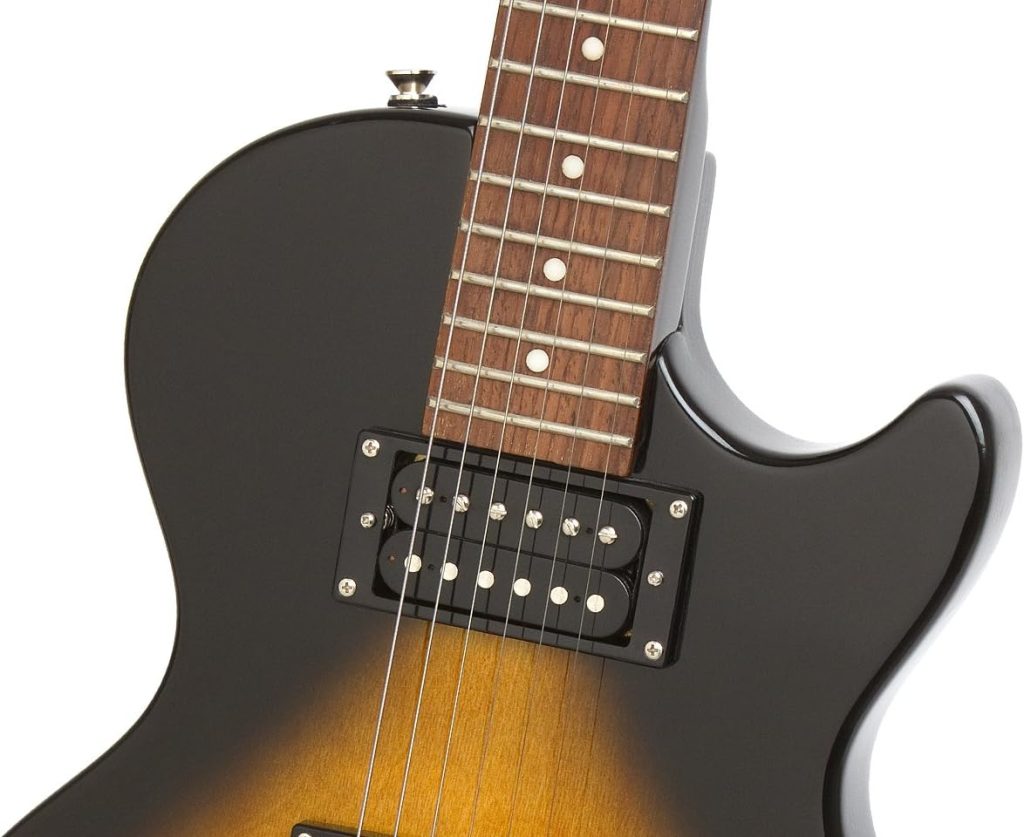
Get timeless rock vibes with the Epiphone Les Paul Special-II E1 in Vintage Sunburst. Feel history, durability, and a melodic connection in every strum. Play on! #GuitarReview
Fender Vintera II Telecaster Electric Guitar Review

Explore the allure of the Fender Vintera II ’60s Telecaster – Fiesta Red. Exuding rock ‘n’ roll essence with striking aesthetics, this guitar is a journey through time and sound.
Fender Squier Stratocaster Review
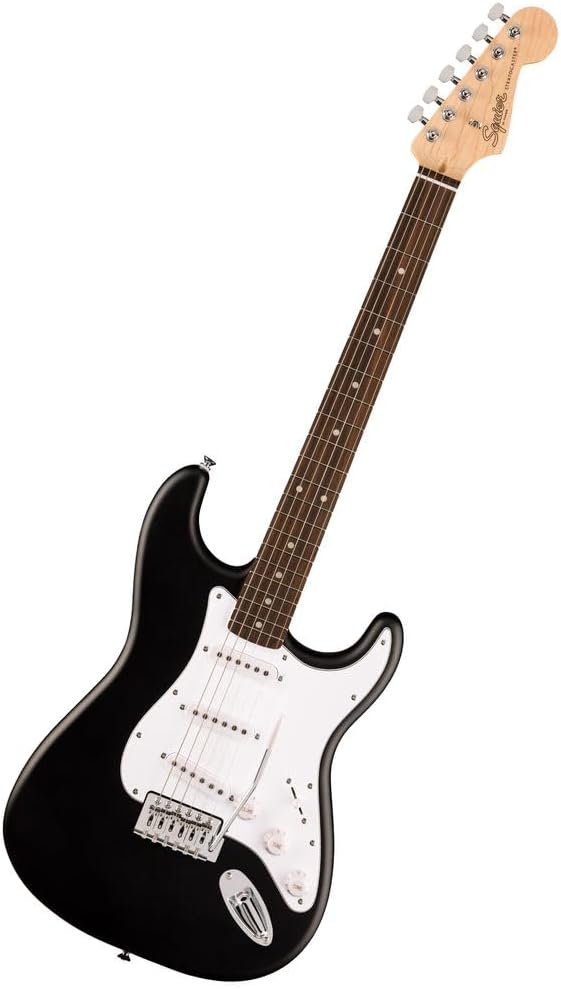
Discover why the Fender Squier Stratocaster is the top pick for beginners. Our review covers its design, playability, sound, and added features, including a 2-year warranty!
Alvarez MD60 Herringbone Acoustic Guitar Review
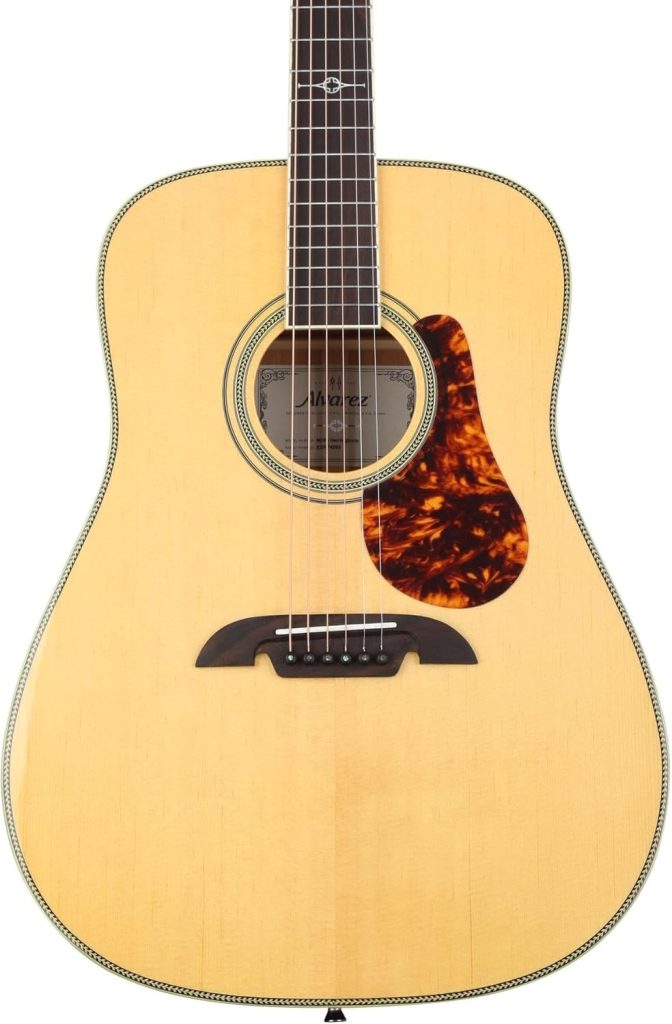
Discover how the Alvarez MD60 Herringbone Acoustic Guitar’s craftsmanship, sound quality, and aesthetic elevate your music to the next level. Read the review now!
Sigma 000M-15 Guitar Review
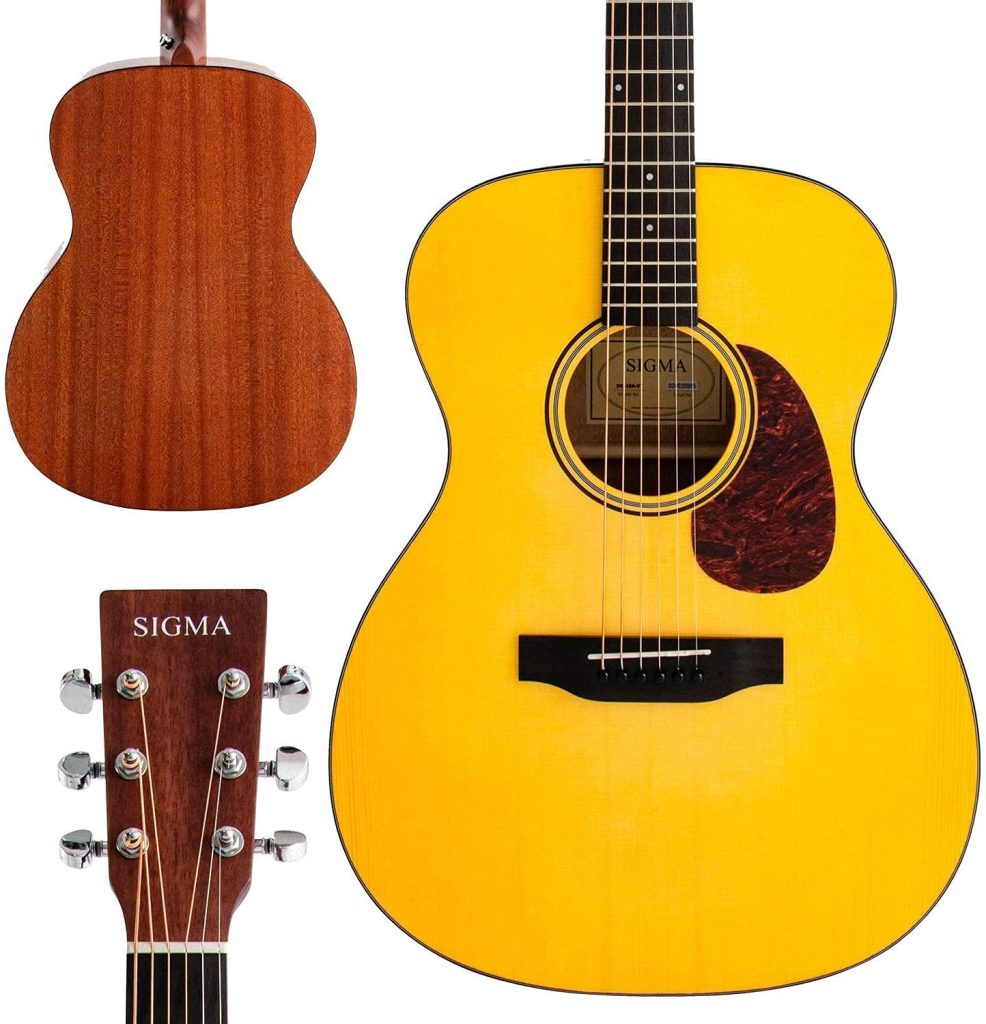
Discover the SIGMA 000M-15 guitar that serenades your soul and elevates your musical journey—a handcrafted beauty with rich, warm tones. Read the full review!
Washburn Classical C5CE Cutaway Review
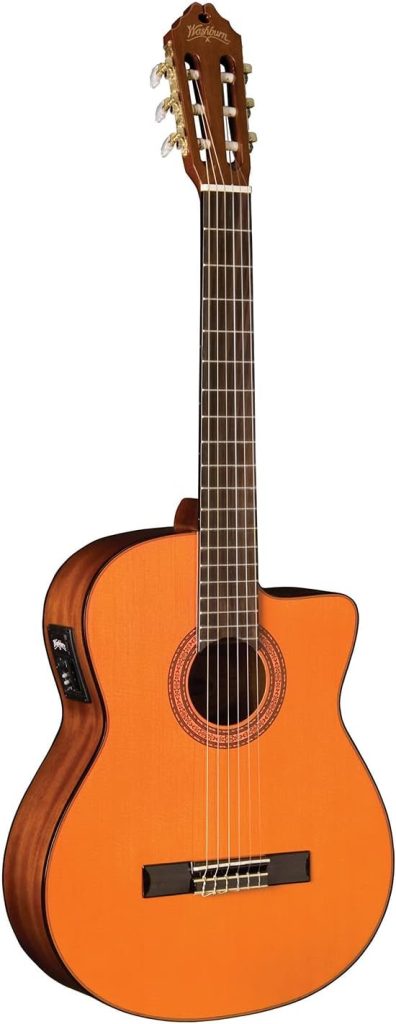
Discover the Washburn Classical C5CE Cutaway—a blend of classical elegance and modern convenience for upgrading your guitar game effortlessly. 🎸✨ [160 characters]
Taylor 110e Sitka/Walnut Dreadnought ES2 Natural Review
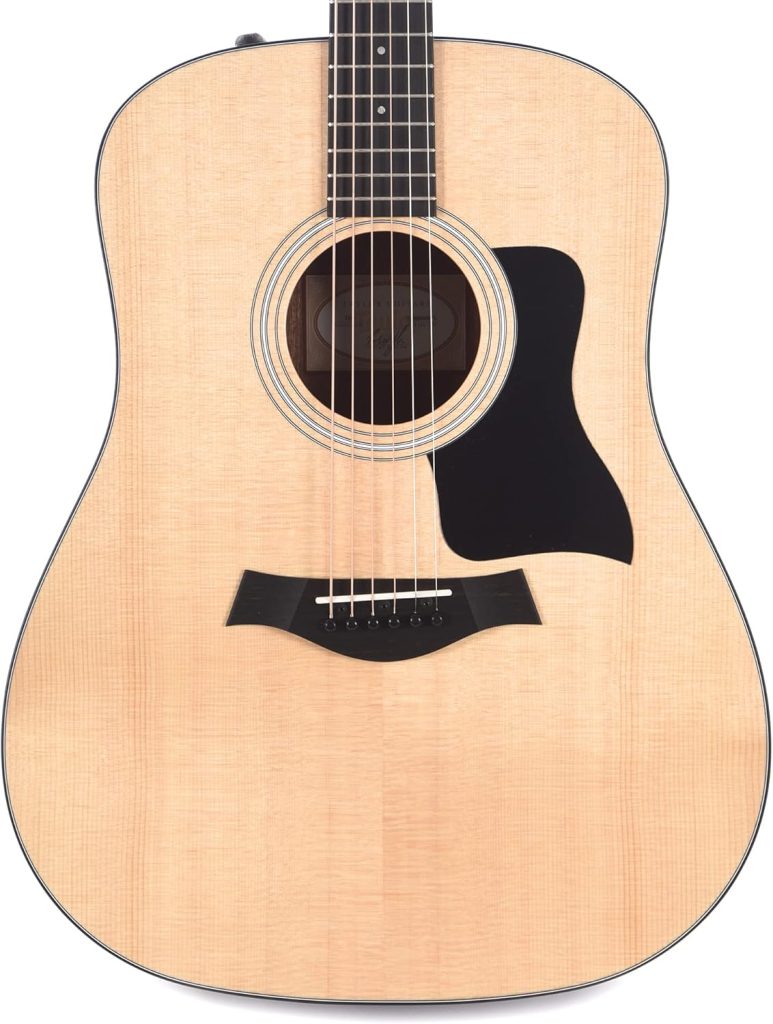
Discover the Taylor 110e Sitka/Walnut Dreadnought ES2 Natural—a guitar that’s not just about good looks but delivers rich, full sound & ergonomic comfort. Read more!
Fender CD-60S Review
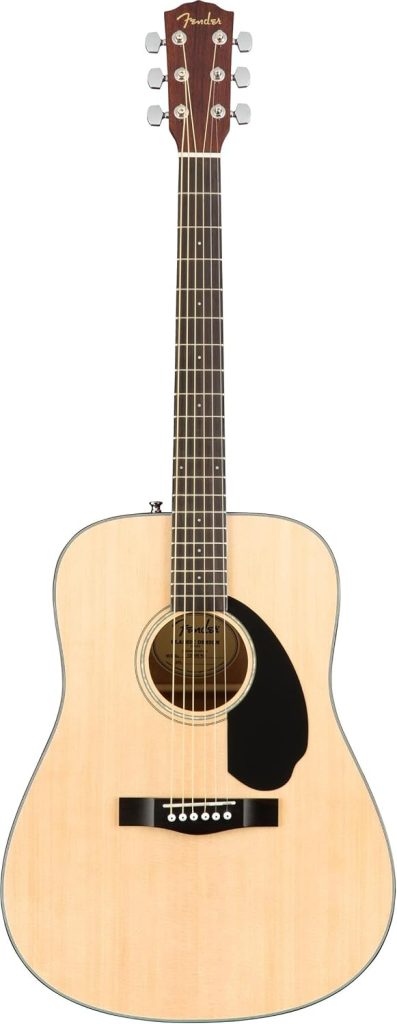
Fender CD-60S Review: Dive into a warm, rich tone with the Dreadnought body, and an ‘Easy-to-Play’ neck. Perfect for both beginners and advanced players!
Taylor GS Mini Guitar Review

Discover why the Taylor GS Mini Mahogany Acoustic Guitar is proof that great things come in small packages. A detailed review of sound, build, and playability. 🎸 #review
Taylor 814ce Grand Auditorium Review
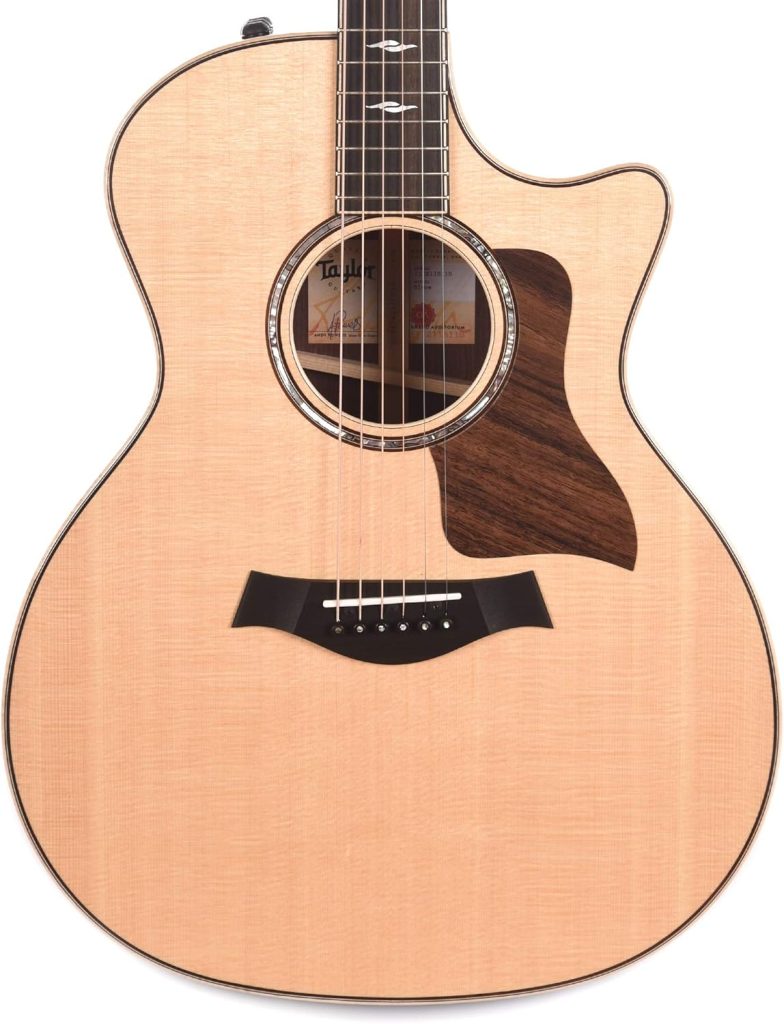
Ever dreamt of strumming a guitar from musical nirvana? Dive into our Taylor 814ce Grand Auditorium Review to explore its luxe design, sound quality, & lasting durability.
